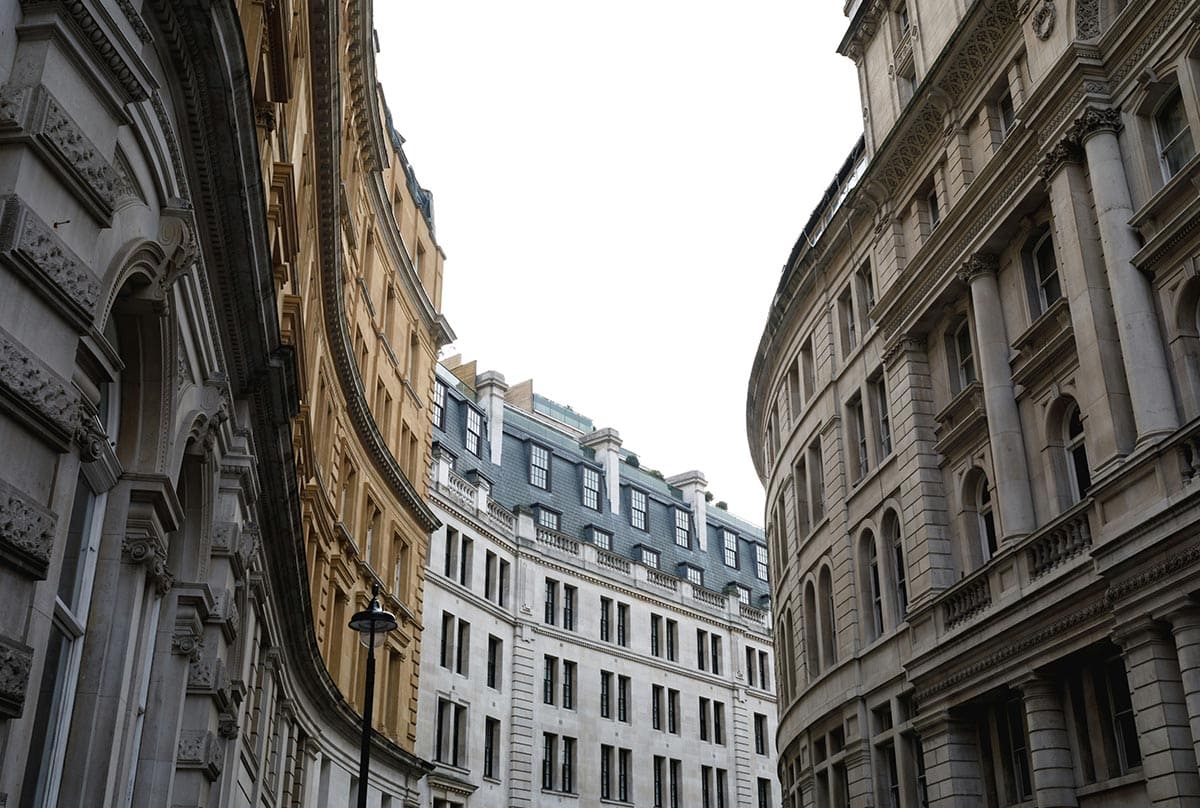
Thought
COP28 and the Built Environment: Paving the Way to a Sustainable Future
As the world gathers in Dubai for COP28, the imperative to tackle climate change has reached a pivotal moment. Initially agreed upon in 2015 at COP21, the global commitment to limit global warming to 1.5°C by 2050 is now facing considerable challenges, with evidence showing that we are on track to exceed this limit by 2030. To realign with the 1.5°C pathway outlined in the Paris Agreement, greenhouse gas (GHG) emissions need to be slashed by 80%, presenting significant financial implications, especially in the real estate sector.
Despite the daunting outlook, there’s optimism grounded in the fact that viable solutions exist to shape a sustainable future. However, the urgency to act is now.
The Crucial Role of Buildings and Infrastructure
The built environment emerges as a pivotal player in the global campaign to reduce carbon emissions and achieve ambitious climate targets. Accounting for nearly 40% of global GHG emissions, this sector holds tremendous potential for positive change. COP28 stands as a critical juncture to harness the built environment as a catalyst for transformative action.
The forefront of the battle against climate change lies in sustainable building practices. Elevating energy efficiency in both construction and operation can make substantial strides in emission reduction. A widespread embrace of green building standards is vital, emphasising designs that optimise energy consumption and integrate renewable energy sources. Certifications like LEED (Leadership in Energy and Environmental Design) and BREEAM (Building Research Establishment Environmental Assessment Method) offer guidelines for creating environmentally responsible and resource-efficient buildings.
Cities and urban areas, focal points for both emissions and innovation, should be at the forefront of discussions in Dubai. Prioritising adaptive urban planning entails crafting resilient cities capable of withstanding climate change impacts while minimising their carbon footprint through efficient transportation, green spaces, and sustainable infrastructure.
Finance as the Driving Force for Change
Effective financing is indispensable to implement sustainable practices in the built environment. COP28 must address the financial mechanisms necessary to propel the transition towards a low-carbon future.
Governments and private sectors must amplify investments in sustainable infrastructure projects, encompassing funding for renewable energy, energy-efficient buildings, and resilient urban developments. Leveraging financial instruments like green bonds is essential, incentivising sustainable practices by directing capital toward projects with environmental benefits and expediting the shift to a low-carbon built environment.
COP28 signifies a critical moment in the global fight against climate change. With the built environment supported by robust financial mechanisms, it can serve as a driving force in not only meeting but surpassing the targets set in previous COP agreements. Navigating the challenges ahead requires collaborative efforts between nations, industries, and financial institutions. By unlocking the potential of the built environment, we can not only mitigate global warming but also lay the foundation for a sustainable and resilient future for generations to come.













